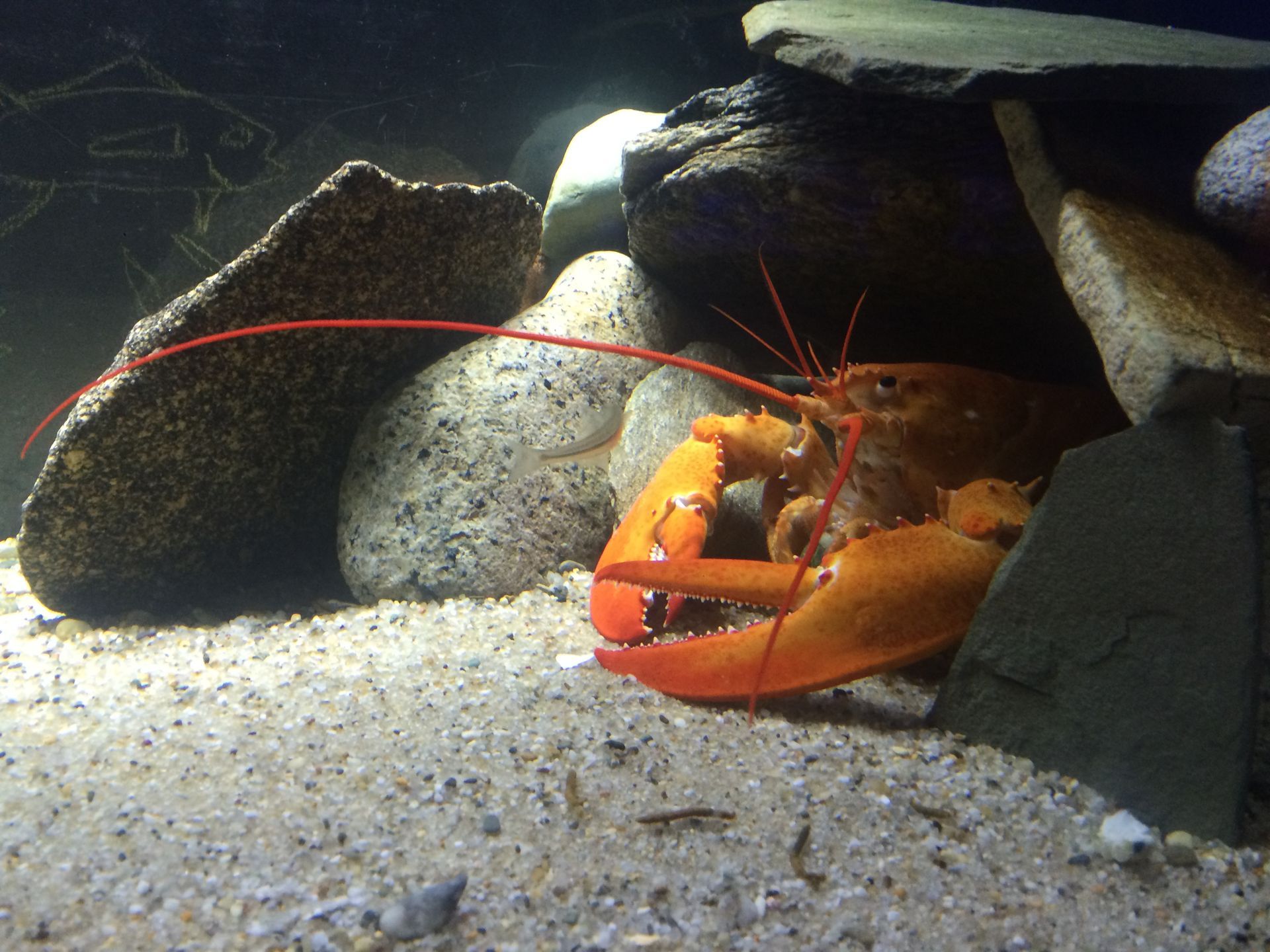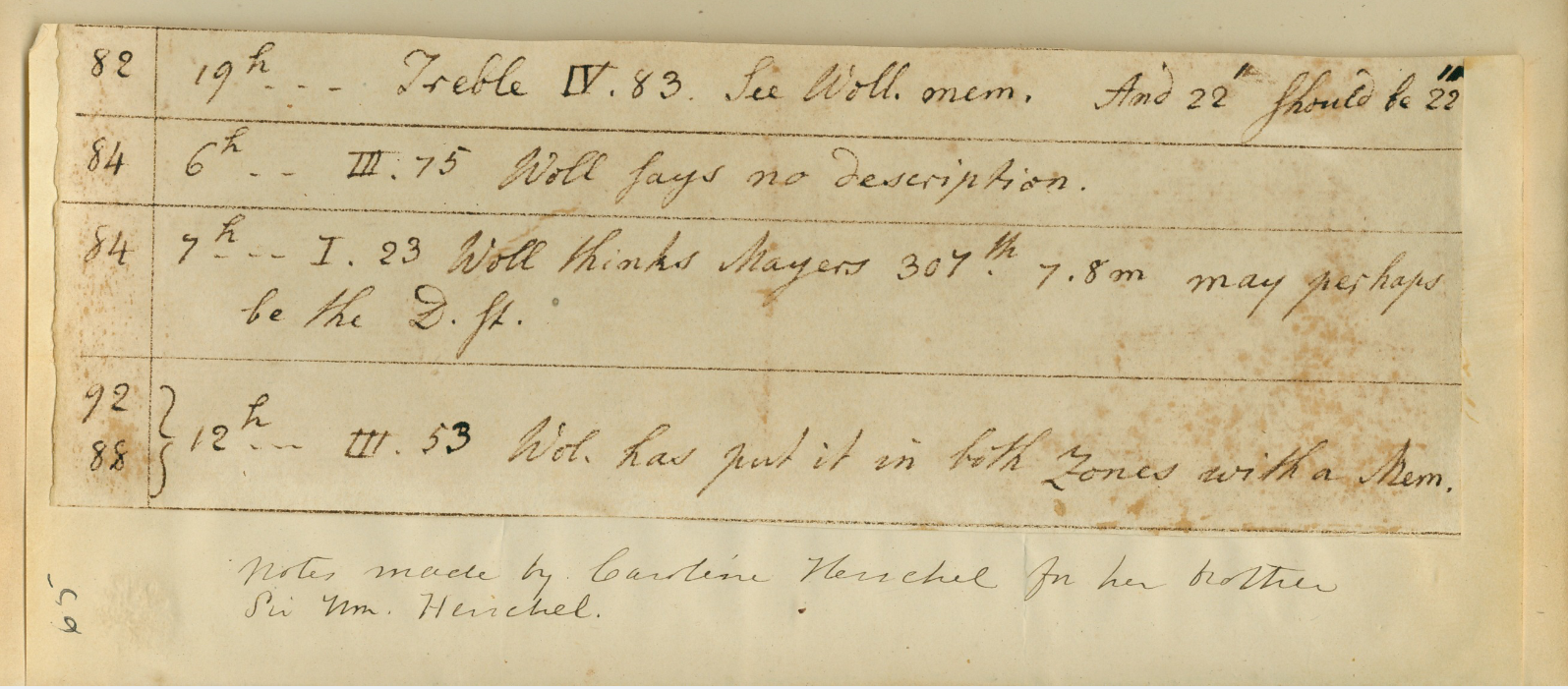Accession Labels As Memory
This summer has obviously been a lot different at the Mitchell House. The House is closed. I am all alone inside. It is incredibly quiet – just the voices of occasional passersby, children on bikes, a car. I’m alone with my thoughts as I quietly work on projects that need to be done every year. And I am working on projects that need to be done periodically – though not every year – and this summer allowed me to focus on those projects in particular.
As I sit and work on various small cleaning and conservation projects, memories come back. Handling a large piece of crockery to do a more in-depth cleaning, I gently turn it over to find its accession label. I know the person’s handwriting for most of these labels and sometimes I catch my breath – many of these people are now gone. And while they were very much a part of the Mitchell House and the MMA, they were also a part of my world, my growing up, and they are still a part of me. They were my mentors, my friends. When I started volunteering at age twelve, I would be regaled with stories of the Mitchells by women who had been friends with Maria Mitchell’s cousins. Those stories not only continue in me – I pass them on to whomever comes in contact with the Mitchell House – interns, volunteers, visitors, MMA staff. In that way, Maria and her family – and those women who told me the stories – live on and their stories are made even more real.
So, my time at the Mitchell House is a little different, and at times, a bit more personal. But, I think that is another layer that makes the MMA the special place that it is. That personal touch; that almost direct reach back to Maria and her cousins. The MMA has a heart and soul that lives on even though all of those people are no longer with us – not just our namesake but the people who built the Association in her honor and to promote and preserve her legacy and home.
JNLF
Recent Posts




